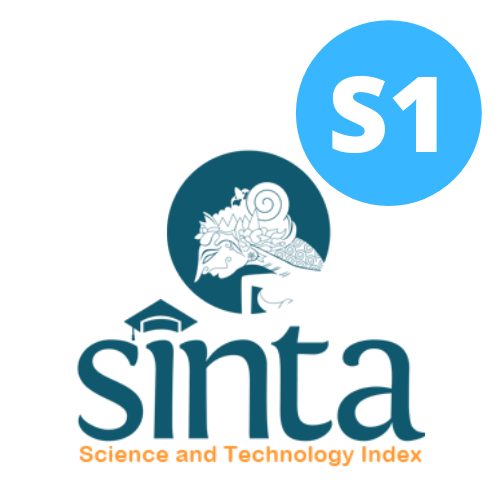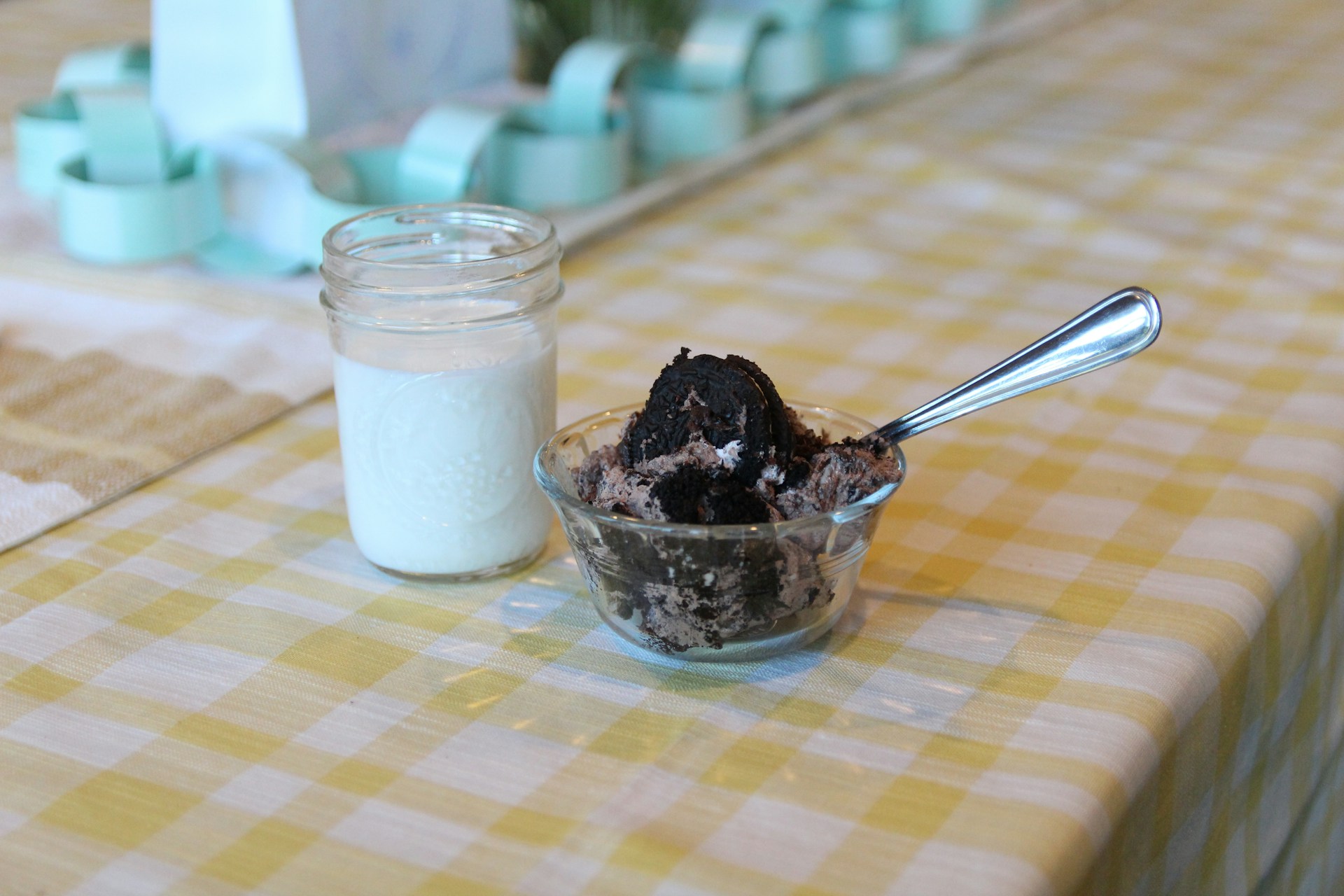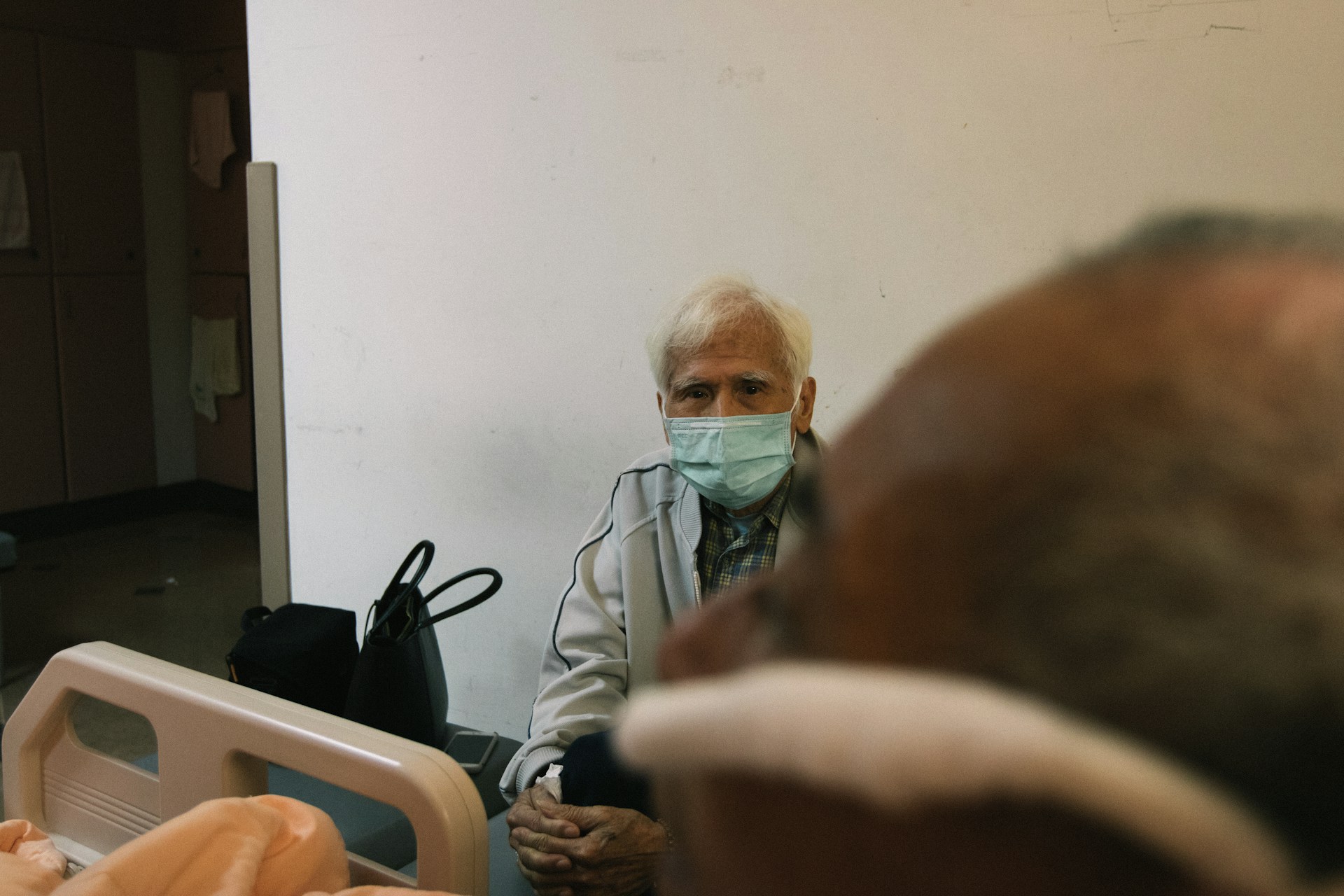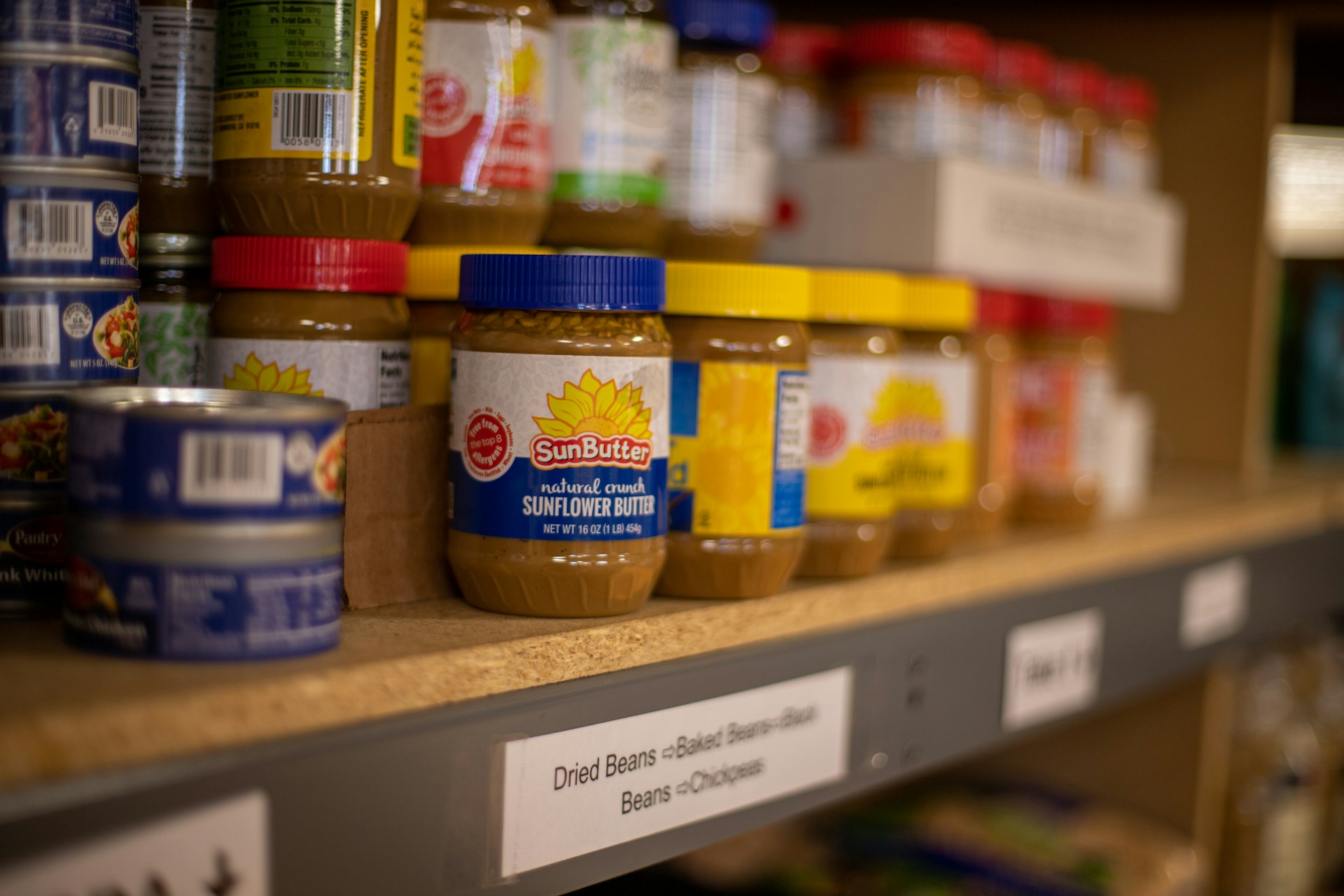Antioxidant Efficacy of Terung Pipit Root (Solanum torvum) Against Liver Damage by CCL4 Induction in Rattus norvegicus
Efikasi Antioksidan Akar Terung Pipit (Solanum torvum) terhadap Kerusakan Hati dengan Induksi CCL4 pada Rattus norvegicus
Downloads
Background: Liver disease is still a health problem in the world. In Indonesia, liver disease is dominated by liver cirrhosis. One of the causes of liver damage is an increase in the number of free radicals in the body. This will result in damage and death of liver cells and cause fibrotic tissue. A decrease in the number of liver cells will result in impaired overall liver function. Giving antioxidants can reduce free radicals that enter the body. One of the plants that contain antioxidants is the terung pipit (Solanum torvum).
Objectives: This study aims to determine the antioxidant efficacy of terung pipit root (Solanum torvum) against liver damage by CCL4 induction in Rattus norvegicus.
Methods: This research is experimental using a Randomized Controlled Trial (RCT) design. The research process was carried out for 11 days by dividing the experimental animals into 6 groups with 5 individuals in each group. Each treatment group will be induced with CCL4 for 5 days and followed by 7 days of administration of terung pipit root (Solanum torvum) with different doses (0.5; 1.0; 1.5 mg/grBB/day). The parameters used are the levels of SGOT-SGPT and bilirubin in the blood.
Results: The results showed a decrease in the levels of SGOT-SGPT and bilirubin in the blood in the group given the terung pipit root (p≤0,05). Increasing the dose of terung pipit root administration further decreased the research parameters, although it did not reach the value of the negative control group.
Conclusions: The antioxidant content in terung pipit root (Solanum torvum) can decrease in SGOT-SGPT and bilirubin levels in the blood due to liver damage in experimental animals induced by CCL4.
Seto W-K, Mandell MS. Chronic liver disease: Global perspectives and future challenges to delivering quality health care. PLoS One. 2021;16(1):e0243607.
Lozano R, Fullman N, Abate D, et al. Measuring progress from 1990 to 2017 and projecting attainment to 2030 of the health-related Sustainable Development Goals for 195 countries and territories: a systematic analysis for the Global Burden of Disease Study 2017. Lancet. 2018;392(10159):2091-2138.
Wong M, Huang J. The growing burden of liver cirrhosis: implications for preventive measures. Hepatol Int. 2018;12(3):201-203.
Sarin SK, Kumar M, Eslam M, et al. Liver diseases in the Asia-Pacific region: a lancet gastroenterology & hepatology commission. lancet Gastroenterol Hepatol. 2020;5(2):167-228.
Pimpin L, Cortez-Pinto H, Negro F, et al. Burden of liver disease in Europe: epidemiology and analysis of risk factors to identify prevention policies. J Hepatol. 2018;69(3):718-735.
Xu J-H, Yu Y-Y, Xu X-Y. Management of chronic liver diseases and cirrhosis: current status and future directions. Chin Med J (Engl). 2020;133(22):2647-2649.
Nusrat S, Khan MS, Fazili J, Madhoun MF. Cirrhosis and its complications: evidence based treatment. World J Gastroenterol WJG. 2014;20(18):5442.
Suk KT, Kim DJ. Staging of liver fibrosis or cirrhosis: The role of hepatic venous pressure gradient measurement. World J Hepatol. 2015;7(3):607.
Sánchez-Valle V, C Chavez-Tapia N, Uribe M, Méndez-Sánchez N. Role of oxidative stress and molecular changes in liver fibrosis: a review. Curr Med Chem. 2012;19(28):4850-4860.
Suryadinata RV, Sukarno DA, Sardjono SC, Adriani M. Antioxidant activity in red mulberries on sperm development exposed by cigarette smoke. Bali Med J (Bali MedJ). 2021;10(2):583-586.
Woreta TA, Alqahtani SA. Evaluation of abnormal liver tests. Med Clin. 2014;98(1):1-16.
Dimitriou AM, Dapunt O, Knez I, et al. Liver failure in total artificial heart therapy. J Thorac Dis. 2016;8(7):1546.
Gondal B, Aronsohn A. A systematic approach to patients with jaundice. In: Seminars in Interventional Radiology. Vol 33. Thieme Medical Publishers; 2016:253-258.
Suryadinata RV, Prawitasari DS, Rochim IP. The Efficacy of Flavonoid in Red Mulberry on Reducing Free Radicals and Alveolar Macrophages Due to Cigarette Smoke Exposure in Wistar Rats. Media Gizi Mikro Indones (Indonesian J Micronutr. 2021;12(2):85-92.
Deng G-F, Lin X, Xu X-R, Gao L-L, Xie J-F, Li H-B. Antioxidant capacities and total phenolic contents of 56 vegetables. J Funct Foods. 2013;5(1):260-266.
Suryadinata RV, Wirjatmadi B. Selenium linked to increased antioxidant levels and decreased free radicals in lung tissue of Wistar rats exposed to e-cigarette smoke. J Glob Pharma Technol. 2020;12(9):32-39.
Nguta J. M., Appiah-Opong R., Nyarko A. K., et al. Antimycobcterial and cytotoxic activity of selected medicinal plant extracts journal ethnopharmacology. Journal of Ethnopharmacology . 2016;182:10–15.
Nyadanu D., Lowor S. T. Promoting competitiveness of neglected and underutilized crop species: comparative analysis of nutritional composition of indigenous and exotic leafy and fruit vegetables in Ghana. Genetic Resources and Crop Evolution . 2015;62(1):131–140.
Singh D, Arya PV, Aggarwal VP, Gupta RS. Evaluation of antioxidant and hepatoprotective activities of Moringa oleifera Lam. leaves in carbon tetrachloride-intoxicated rats. Antioxidants. 2014;3(3):569-591.
Kayesh MEH, Ezzikouri S, Sanada T, et al. Oxidative stress and immune responses during hepatitis C virus infection in Tupaia belangeri. Sci Rep. 2017;7(1):1-13.
Choudhury S, Ghosh S, Mukherjee S, et al. Pomegranate protects against arsenic-induced p53-dependent ROS-mediated inflammation and apoptosis in liver cells. J Nutr Biochem. 2016;38:25-40.
Osawa T, Sugiyama Y, Inayoshi M, Kawakishi S. Antioxidative activity of tetrahydrocurcuminoids. Biosci Biotechnol Biochem. 1995;59(9):1609-1612.
Riccardo BA, Riccardo S, Salvatore N, et al. The role of curcumin in liver diseases. Arch Med Sci. Published online 2017.
Xie X, He D, Wu Y, Wang T, Zhong C, Zhang J. Catanionic hybrid lipid nanovesicles for improved bioavailability and efficacy of chemotherapeutic drugs. In: Bio-Carrier Vectors. Springer; 2021:57-68.
Diwan AD, Ninawe AS, Harke SN. Gene editing (CRISPR-Cas) technology and fisheries sector. Can J Biotechnol. 2017;1(2):65-72.
Copyright (c) 2022 Amerta Nutrition

This work is licensed under a Creative Commons Attribution-ShareAlike 4.0 International License.
AMERTA NUTR by Unair is licensed under a Creative Commons Attribution-ShareAlike 4.0 International License.
1. The journal allows the author to hold the copyright of the article without restrictions.
2. The journal allows the author(s) to retain publishing rights without restrictions
3. The legal formal aspect of journal publication accessibility refers to Creative Commons Attribution Share-Alike (CC BY-SA).
4. The Creative Commons Attribution Share-Alike (CC BY-SA) license allows re-distribution and re-use of a licensed work on the conditions that the creator is appropriately credited and that any derivative work is made available under "the same, similar or a compatible license”. Other than the conditions mentioned above, the editorial board is not responsible for copyright violation.












































